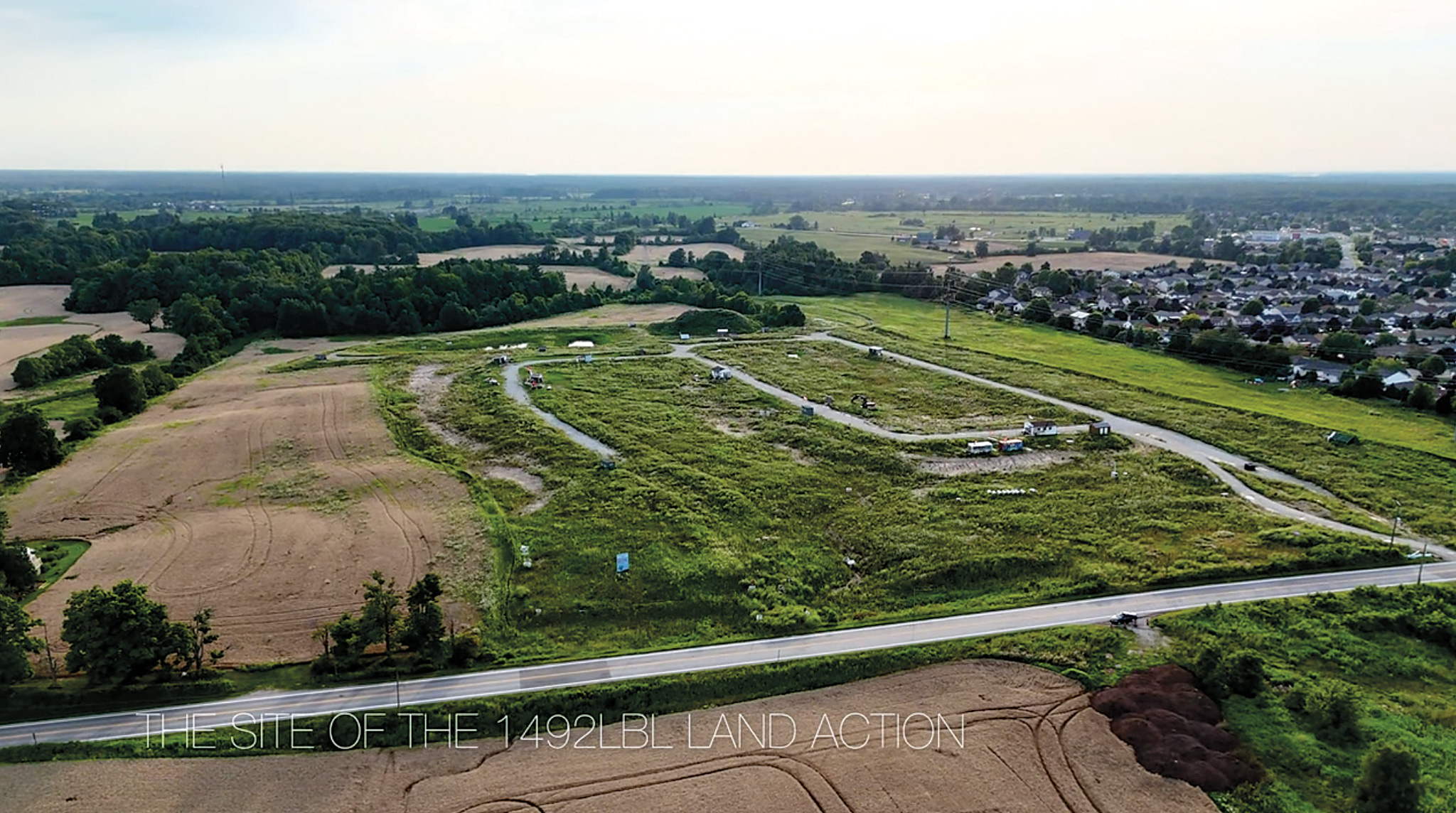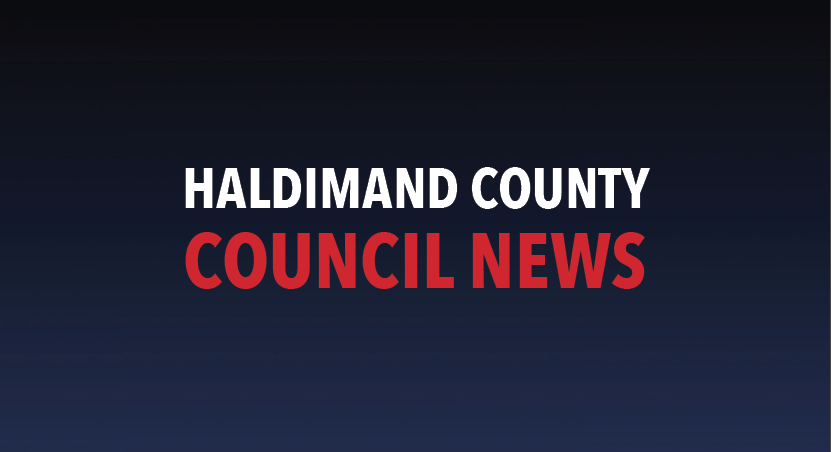HALDIMAND — Haldimand County is slowing things down – literally – with two new 40km/h neighbourhood pilot projects in Jarvis and Hagersville.
Two new pilot projects aimed at slowing traffic in residential areas will move ahead after Haldimand County Council endorsed amendments to the Rate of Speed Bylaw during its Council-in-Committee meeting on October 7, 2025.
The changes allow the County to formally designate ‘Neighbourhood Speed Areas,’ beginning with test zones in Jarvis and Hagersville.
Each area will set a uniform 40km/h speed limit throughout all residential streets, marked by gateway signage at each entry and exit.
Engineering Services Manager Kris Franklin said the measure supports Council’s broader Traffic Management Strategy, approved earlier this year, which focuses on education, enforcement, and engineering to improve road safety. The bylaw amendment also updates definitions and adds a new schedule that lists the pilot areas, both to be implemented and evaluated through 2026.
Traffic management was identified as a key priority for the 2022-2026 Term of Council and aligns with the County’s 2025-2045 Strategic Plan under its ‘Healthy Communities’ and ‘Future Ready’ themes.
The introduction of Neighbourhood Speed Areas follows Ontario’s Safer School Zone Act, 2017, which permits municipalities to reduce speed limits below 50km/h by bylaw for entire neighbourhoods.
The two pilot projects approved are located in the southwest area of Jarvis and the northwest section of Hagersville.
In Jarvis, the 40km/h zone will include all roads south of Highway 3 (Talbot Street East) and west of Highway 6 (Main Street South).
In Hagersville, the boundary runs north of King Street West and west of Highway 6 (Main Street North).
The County estimates the installation cost at $16,500 for 22 gateway signs – 10 for Jarvis and 12 for Hagersville – funded from the $50,000 budget already approved for 2025 under the Traffic Management Strategy implementation account.
Once installed, the lower speed limits will become enforceable under the amended bylaw.
Council members expressed broad support for the initiative during the meeting. Ward 5 Councillor Rob Shirton said he welcomed the step forward and asked whether similar measures could be applied to rural or seasonal areas in his ward, including Lowbanks and Port Maitland.
“Those areas get really busy in the summer, and even with the limit down to 40, I still get a lot of complaints,” said Shirton.
He asked whether his ward-specific funding could be used to add speed-calming features such as bollards similar to those used in Caledonia.
Franklin replied that staff can review specific locations and determine which traffic calming options are appropriate for each setting.
“Not every solution works in every area,” he said, noting the difference between urban and rural road designs.
Staff will consider such requests for inclusion in the next budget cycle.
Ward 1 Councillor Debera McKeen noted that the pilot area in Jarvis will be located on the southwest side of town, where she has already installed ‘Slow Down’ signs through community outreach.
“The neighbourhood there is happy to see this come in,” she said. “With the growth Jarvis is expecting, especially in that area, this will be a welcome addition. I think we’ll probably want it in other places after this.”
Ward 4 Councillor Brad Adams said the Hagersville pilot responds to long-standing resident concerns.
“It’s been addressed many times by citizens in Hagersville that there are extreme traffic problems,” he said. “This is a step in the right direction, and I welcome it.”
Ward 3 Councillor Dan Lawrence added that speeding is a county-wide problem.
“Any initiatives we can implement to slow down traffic, especially in critical areas like schools and hospitals, are well received,” he said, noting the success of temporary speed humps installed in front of River Heights Public School.
The report notes that residents within both project areas will receive advance notice and will have opportunities to provide feedback throughout 2026.
The County will evaluate each pilot over one to two years, using community input and data on compliance and collision trends to guide a possible county-wide rollout.
The pilots will also require changes to the County’s existing Rate of Speed Bylaw 2356/22, removing older 50km/h designations within the new zones. Once signage is in place, enforcement will fall under the Ontario Highway Traffic Act and local OPP patrols.
Franklin said the goal is to create safer, more consistent driving environments across residential areas.
“Reducing speeds to 40km/h has been shown to significantly decrease the severity of collisions and protect vulnerable road users,” he explained in the report.
Council voted unanimously to receive the report and proceed with the amendments. The updated bylaw returned for formal approval at the Council meeting held October 14, 2025.





